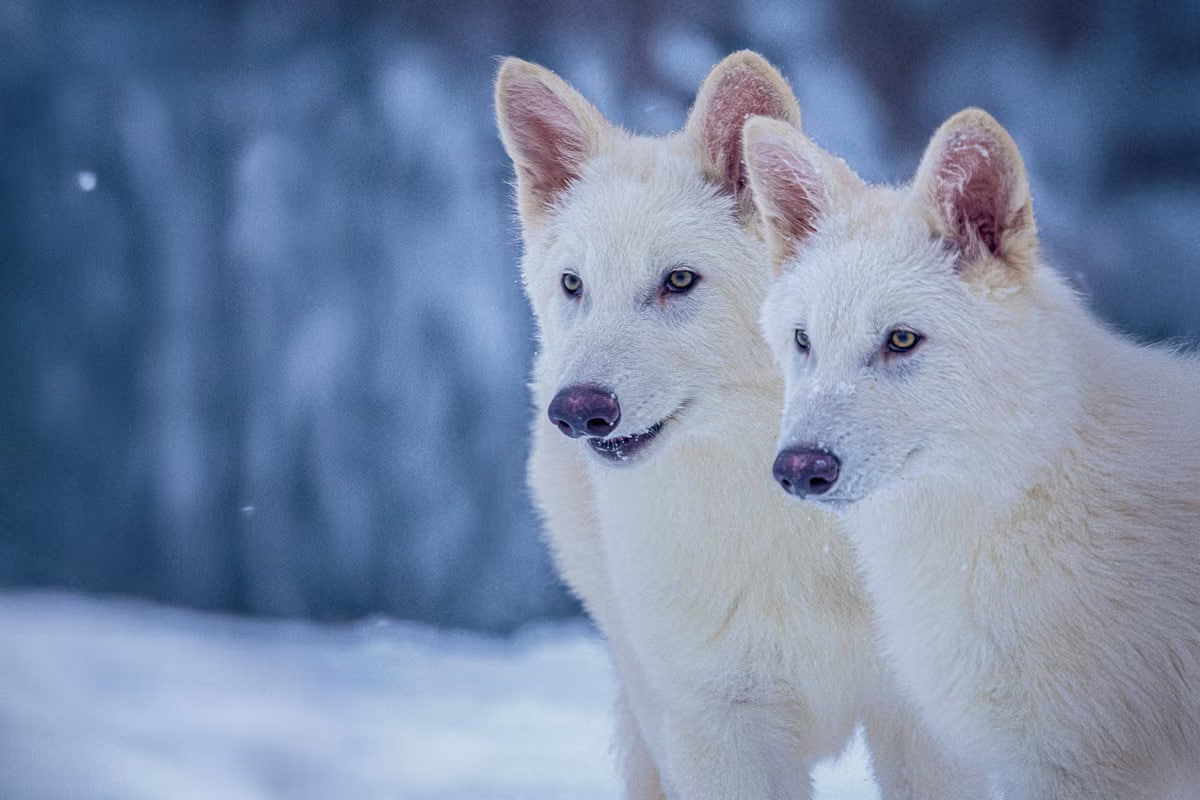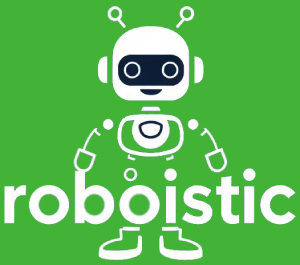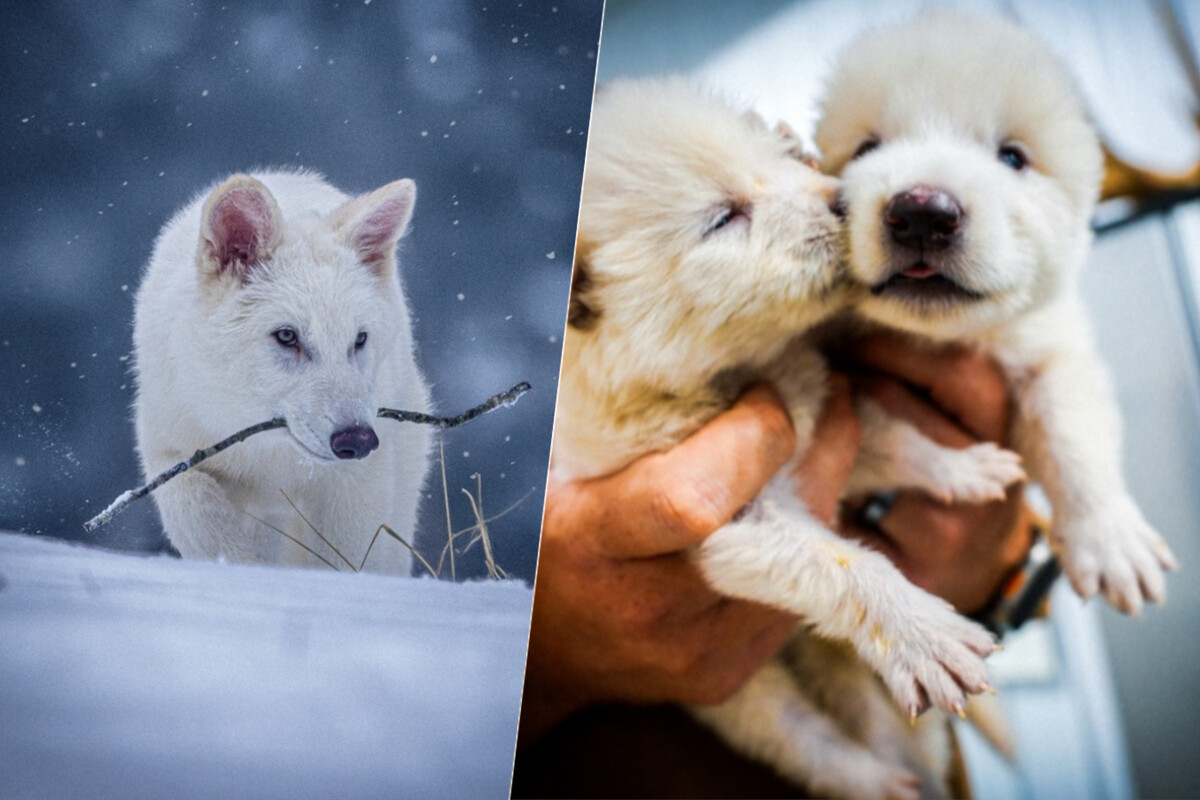The company Colossal is known for its projects to bring back animals such as the mammoth and the dodo. However, the biotechnology company has announced its first success with a very different species: the giant wolf (Aenocyon dirus) or “terrible wolf”.
A first success. Colossal, the biotechnology company known for its efforts to bring extinct species back to life, claims to have achieved the feat with the giant wolf. Three times over. The animals bred by the company are more like hybrids between this species and contemporary wolves, but the work could be a turning point in efforts to prevent the extinction of species.
Aenocyon dirus. The giant wolf is not a wolf in the strict sense. This species belongs to the same taxonomic group (Canidae) as domestic dogs, wolves, coyotes and jackals. It is estimated that they shared a last common ancestor some six million years ago, so it can be considered a close relative in relative terms.

This species inhabited the Americas during the late Pleistocene. The most recent remains of these animals date back some 13,000 years.
Romulus, Remus and Khaleesi. For now, we have more doubts than certainties about the process carried out by the American company. What we do know is that the company has three calves that were born in October 2024 and were named Romulus, Remus and Khaleesi.
Parallel processes. As described by the company itself, the recovery process began in two parallel paths. The first started with obtaining the DNA of the extinct animal, something that was achieved thanks to remains obtained from a skull and a tooth of the extinct animal. In parallel, blood samples were obtained from a gray wolf, after which both DNA samples had to be sequenced.
From there, the processes are linked through the alignment of the two sequences. Once the available genetic information has been combined, it is possible to “filter variants”, that is, to study the differences between the two species in terms of their genetics. With this it is possible to edit the genes of the gray wolf, one by one, until it resembles the giant wolf as much as possible (the team made 20 alterations to 14 genes in this phase).
The final phases are those of the cloning process. Once the alterations have been introduced into a cell nucleus, it is introduced into the reproductive cells. In this case, the company did not use a she-wolf but an ordinary dog as the womb for the unborn creatures.
The other plans of Colossal. The Colossal company is a regular on the front pages thanks to its perhaps not so crazy plans for the de-extinction of species. On its list of species to be brought back from the afterlife are the mammoth, the dodo and even the Tasmanian tiger.
What is at stake. Desextinguishing species is much more than an altruistic action: genetic information is information and there is an entire economy behind it. During the 2022 UN Biodiversity Conference, one of the topics to be discussed was digital sequence information or DSI, the genetic information we compile from nature.
In the genes of plants, animals and unicellular beings are the plans for the synthesis of a wide variety of compounds, some of them useful, for example, for the pharmaceutical industry. Until now, the question of who owns the intellectual property in a case like the extinction of the mammoth was only theoretical. Now the need to clear up these doubts is more pressing than ever.









